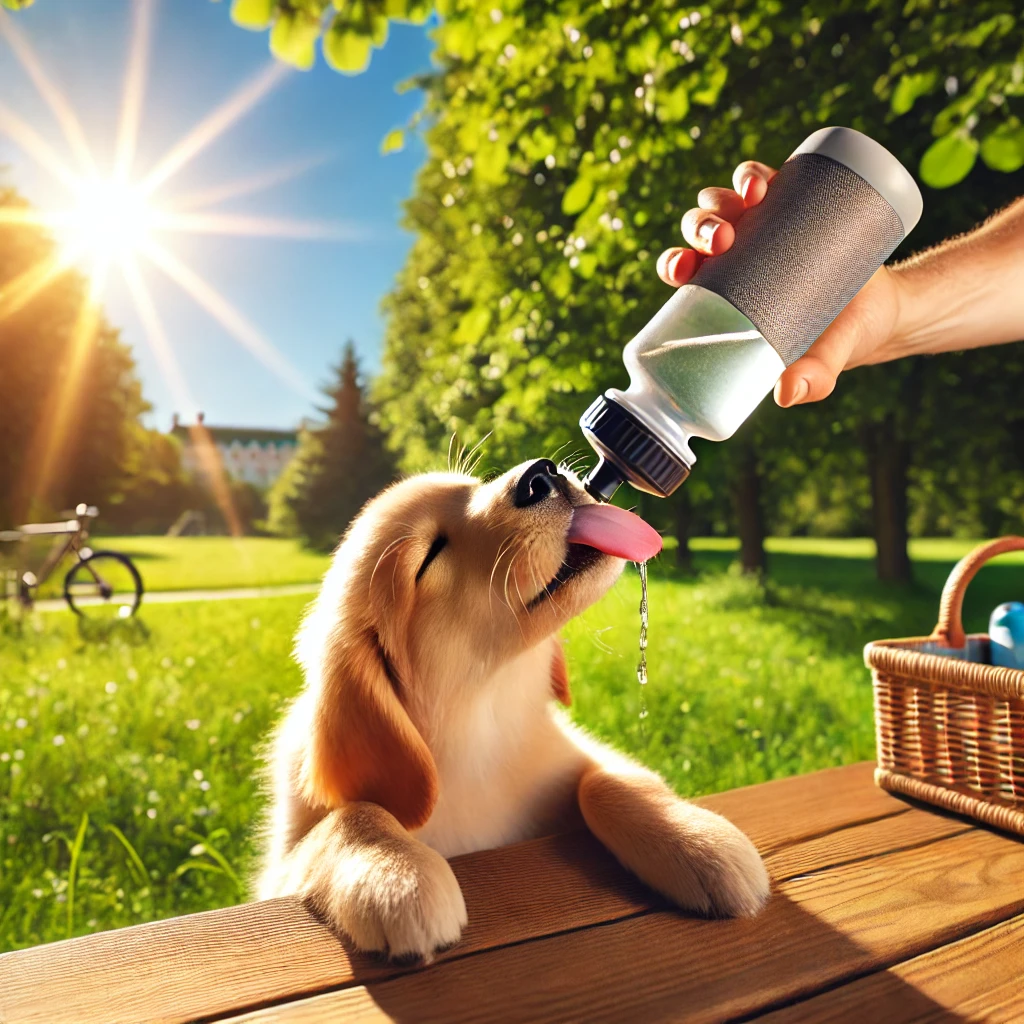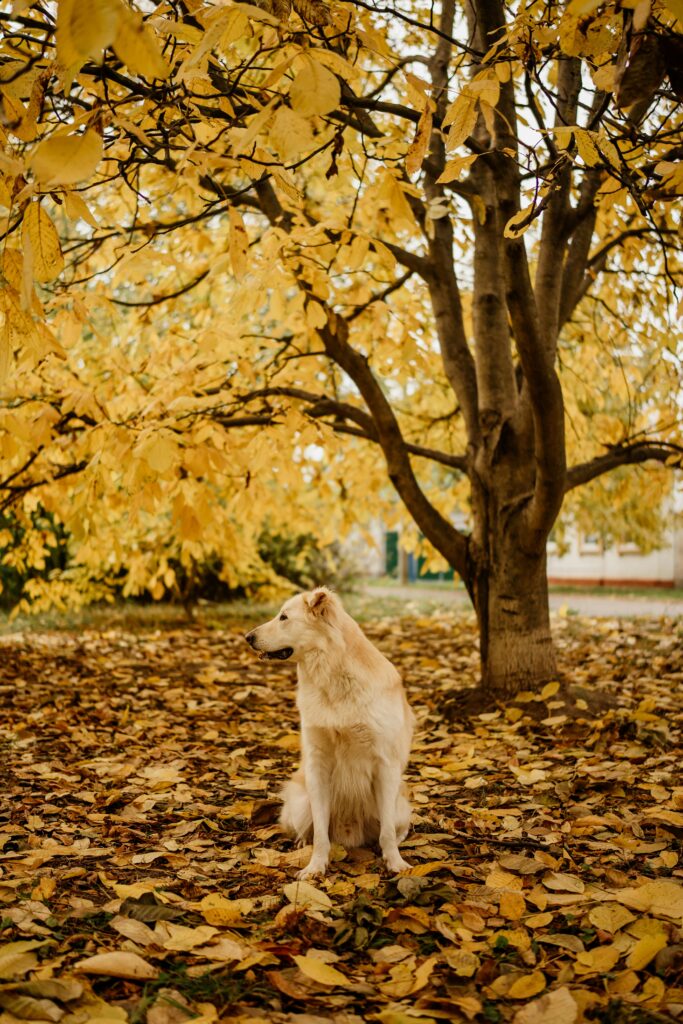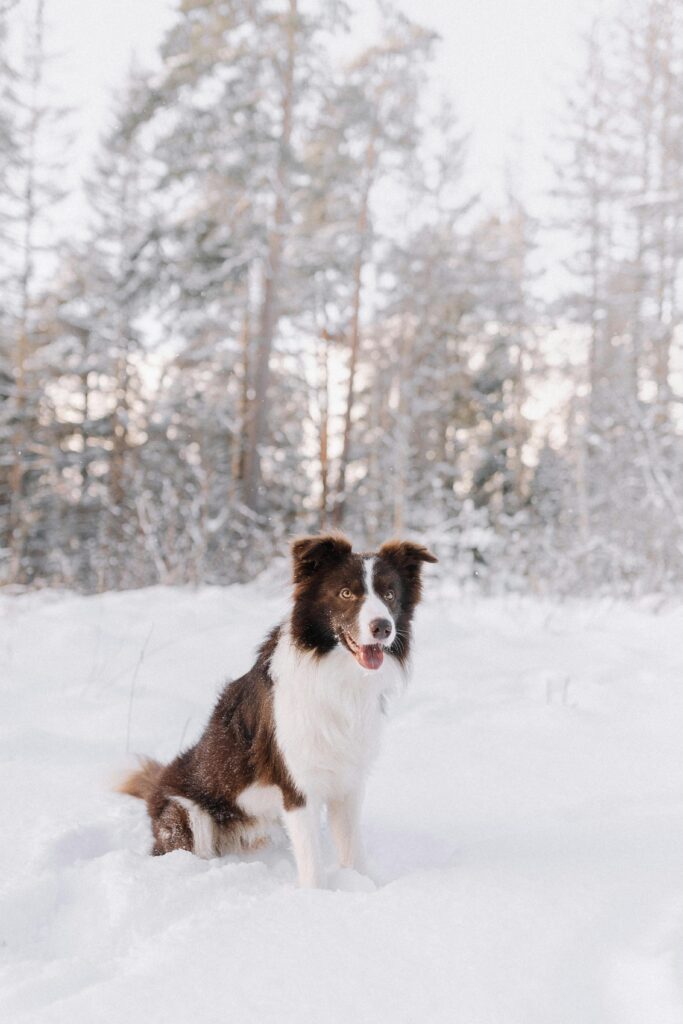Seasonal changes can significantly impact the well-being and care requirements of our beloved pets. Each season brings about different challenges, whether it’s maintaining a healthy coat in winter or protecting sensitive paws during the summer. To ensure that your pet remains comfortable and healthy year-round, it is essential to adjust grooming and care routines according to the season. This guide provides expert advice on navigating these changes, offering practical strategies for every pet owner.
Spring: Preparing for Renewal

As the weather warms up, spring becomes a time of renewal, not just for nature, but for pets as well. Shedding is a common issue during this time as pets lose their winter coats. Grooming plays a critical role in managing shedding and ensuring that your pet’s coat remains healthy. Regular brushing can help reduce excess hair and distribute natural oils, keeping the coat shiny and smooth.
Apart from grooming, consider scheduling a veterinarian check-up to address any health concerns exacerbated by winter’s inactivity. This is also a good time to transition pets back into more regular outdoor activities, ensuring they get enough exercise and sunlight.
Summer: Keeping Cool and Comfortable

The summer heat can present risks such as overheating and dehydration. It’s crucial to ensure your pet has access to plenty of fresh water and shaded areas. Be mindful of the temperature of surfaces like asphalt, which can burn sensitive paw pads. Investing in protective paw balms or booties can safeguard your pet’s paws during walks.
For pets with thick coats, some owners might consider trimming, but take care not to cut it too short, as their fur provides natural protection against the sun. Hydration is key during the hot months; ensure that your pet consumes adequate water to prevent heatstroke.
Fall: Adjusting to Cooler Days

As fall arrives, it’s a time to prepare your pets for colder temps that will follow. Fall is ideal for reassessing your pet’s diet, ensuring it aligns with their activity level. Some pets may be less active, requiring calorie adjustments to maintain a healthy weight.
This season also marks a great opportunity to introduce or reinforce obedience training and routines, as cooler yet comfortable temperatures allow for pleasant outdoor activities without the summer’s intense heat. Pay attention to potential allergens that are prevalent in the fall, and consult with your vet about any symptoms of allergies your pet may develop, like itchy skin or sneezing.
Winter: Securing Warmth and Safety

Winter requires special attention to keep pets warm and safe. Consider investing in a pet-friendly coat or sweater for short-haired or smaller breeds that may be more susceptible to the cold. Limit the time your pet spends outside in freezing temperatures and offer plenty of indoor activities to stimulate them mentally and physically.
Proper paw care is essential in winter, as ice and salt can cause irritation and damage. Rinse your pet’s paws with warm water after walks to remove any harmful substances. A balanced diet is crucial during this time to support their energy levels and immune system.
Conclusion
Caring for pets throughout the year amidst changing seasons involves a balance of adjustments in grooming, diet, and daily routine. With these strategies, pet owners can ensure their furry friends remain comfortable, healthy, and happy throughout every season. By understanding the specific needs each season brings, you can provide a safer and more nurturing environment for your pet, fostering their well-being and longevity.







